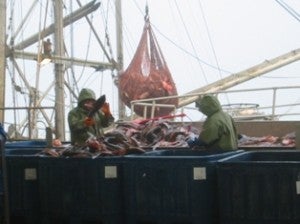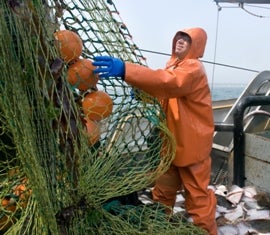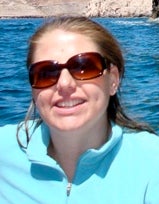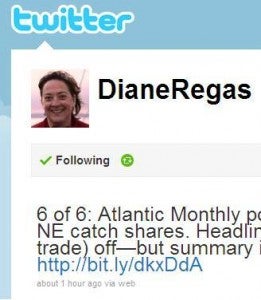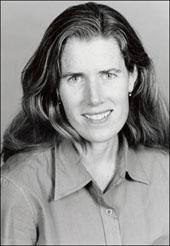As published by John Sackton on SeafoodNews.com:
SEAFOOD.COM NEWS, May 12, 2010 – New Bedford, Boston, and Gloucester Auction owners question reports that suggest the first week of New England Fisheries under catch share managment were good.
In a May 11, 2010 report on the first week of landing reports under catch shares, Seafood News reported that offshore boats are thriving under new catch share rules in New England with regional landings up 4% in the first week.
While Seafood News’ reporting of the numbers is accurate, the owners of the New Bedford, Boston, and Gloucester Seafood Display Auctions told Saving Seafood that the positive numbers mask the current realities and challenges facing fishermen.
Larry Ciulla of the Gloucester Seafood Display Auction told Saving Seafood that dayboats are not fishing. He noted that in a typical year, the first week of the fishery brings in 150,000 – 200,000 lbs. of grounfish, but this year only 30,000 lbs. were landed during the first week. He also noted that many vessels went out during the last week in April to use up allocations under the old system, and landed that product during the first week of May.
Richie Canastra of the New Bedford and Boston auctions also said that many vessels went out at the end of April with the specific intention of fishing under the old rules. He noted that vessels go out at the end of April and come in during early May in order to supply restaurant and market demand for seafood that spikes over Mothers’ Day weekend.
Both Mr. Ciulla and Mr. Canastra pointed out that none of the boats that landed during the first week of May had fished entirely under the Sector regime. All of the landings reported during the first week of May included fish caught in April under the old system. The first landing of fish caught entirely under the new system at the Gloucester auction occurred during the day on May 11. At the New Bedford Auction, the first vessel landing with product caught entirely under the new system was expected late overnight on May 11-12.
Both Mr. Ciulla and Mr. Canastra indicated that an accurate comparison of data between this year’s landings under the new system and last year’s landings under the former system cannot be made until a full week has lapsed during which all landings are of catches caught under the new system.
Never miss a post! Subscribe to EDFish via a email or a feed reader.










